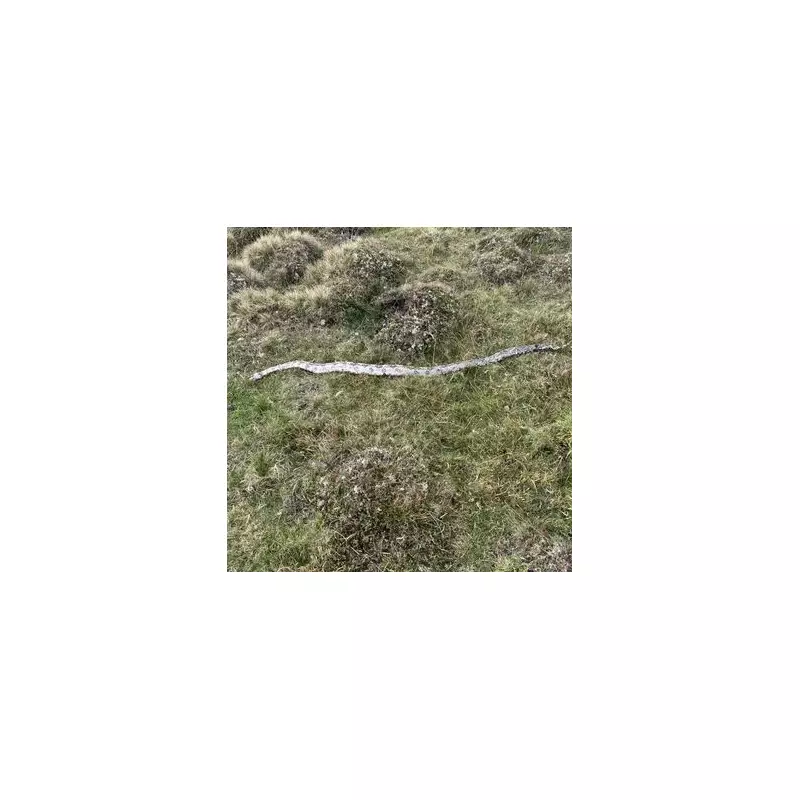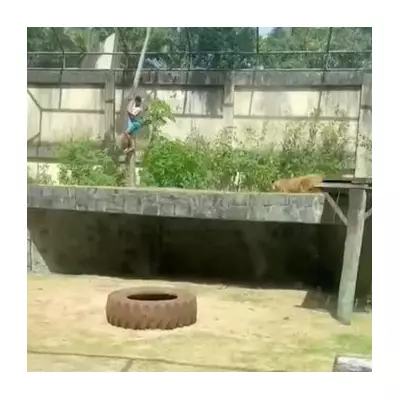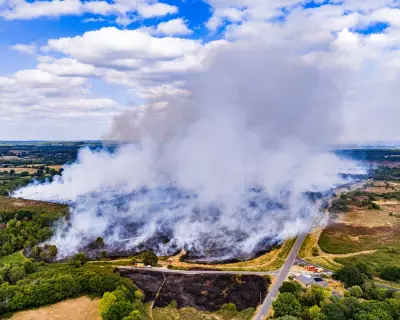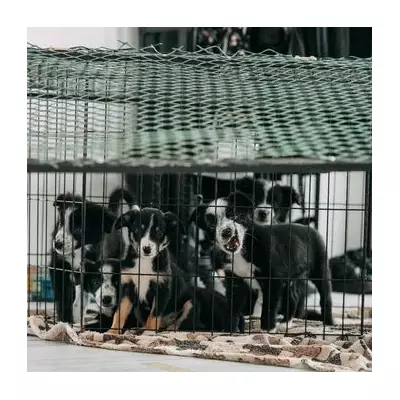
A tranquil walk through one of Britain's most beloved nature reserves turned into a heart-pounding wildlife encounter when visitors spotted a massive snake slithering through the undergrowth. The shocking sighting has left both walkers and wildlife experts baffled about the origins of the substantial serpent.
Close Encounter of the Slithering Kind
Eyewitnesses described the reptile as several feet long, with distinctive markings that suggested it was no ordinary British grass snake. The creature was seen moving with purpose through the popular walking spot, causing quite the stir among nature enthusiasts who happened upon the unexpected visitor.
One shaken walker reported: "I initially thought it was a large branch, then it started moving. I've never seen anything like it in this country outside of a zoo. It was substantial enough to make you step back and reconsider your path."
Expert Investigation Underway
Wildlife authorities have been alerted to the sighting and are taking the report seriously. While Britain is home to three native snake species - the grass snake, smooth snake, and adder - none match the description of this particularly large specimen.
Herpetology experts suggest several possibilities for the snake's presence:
- Escaped pet: The reptile may have been an abandoned or escaped exotic pet
- Climate adaptation: Changing temperatures might be allowing non-native species to survive
- Accidental introduction: Could have arrived through imported goods or materials
Safety Advice for Walkers
While the snake appeared non-aggressive during the sighting, wildlife officials are advising visitors to the area to maintain a safe distance if they encounter any unusual reptiles. "Don't attempt to handle or approach the animal," cautioned one wildlife expert. "Instead, note its location and contact local authorities immediately."
The incident highlights the growing phenomenon of non-native species appearing in British habitats, raising questions about pet ownership regulations and climate change impacts on local ecosystems.





